Quartzy: the still August edition
Happy Friday!
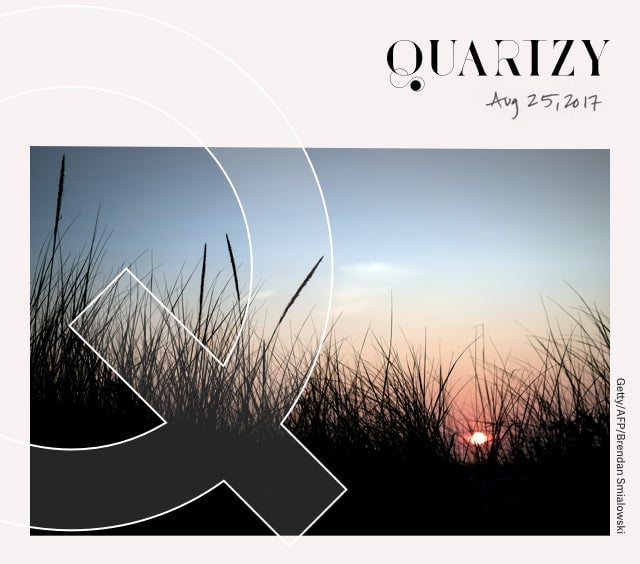
Happy Friday!
I kicked off my week watching the solar eclipse from a Los Angeles cemetery, and while it would be an overstatement to say I suffered from post-eclipse blues, I still enjoyed the tips psychotherapist F. Diane Barth shared for beating them, on Quartz.
Her advice could be equally helpful for people returning to normal life after a vacation, a marathon, a huge deadline, a wedding, or a return from sleep-away camp. (If you or someone you know are headed to Burning Man next week, you might file this away for the compounded case of the Mondays that will inevitably follow.)
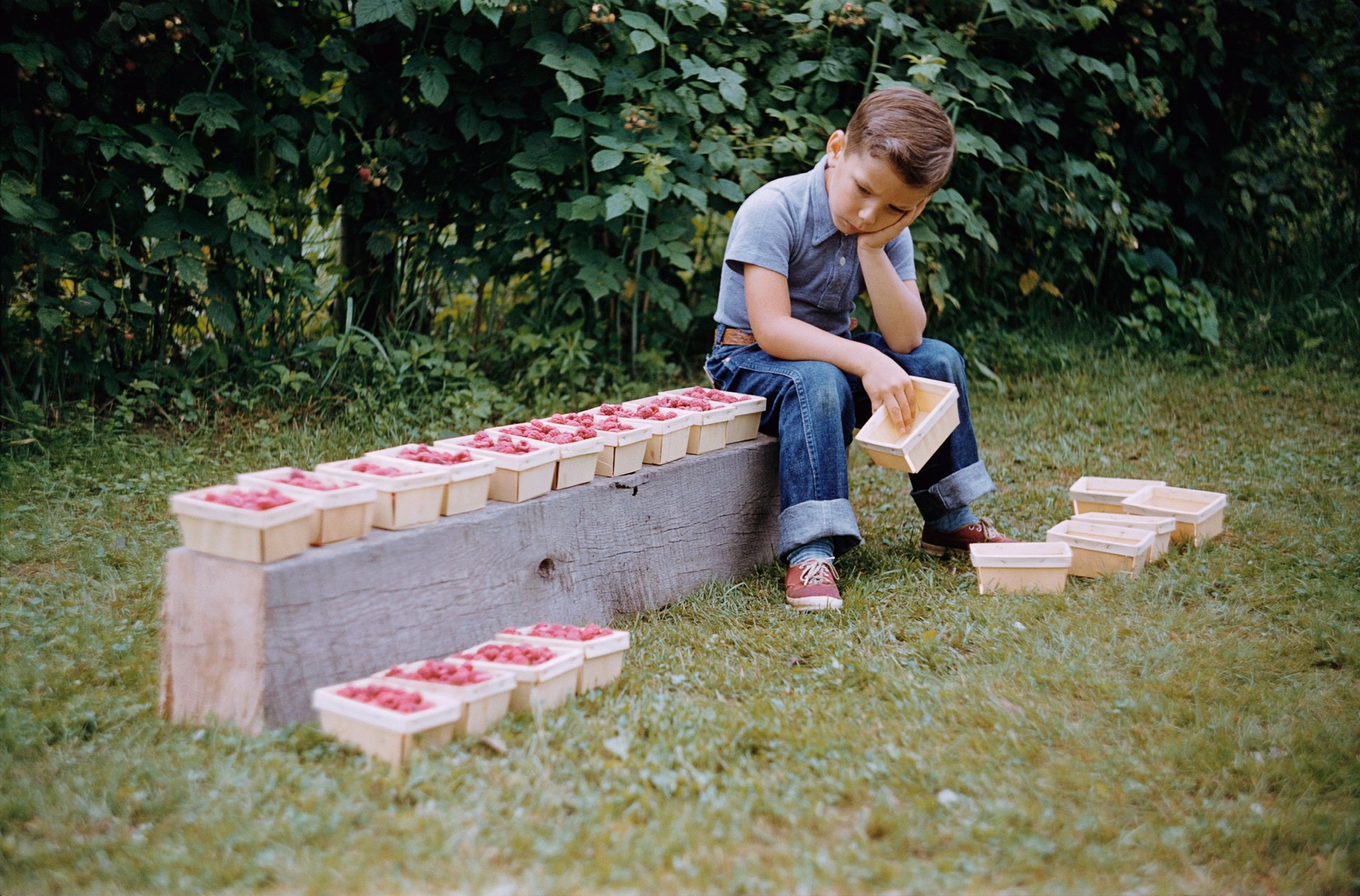
How to come down gently from a cosmic event:
- Don’t take your feelings too seriously. You had a lot of stress hormones pumping through your bloodstream, and now you don’t. That can make you crash.
- Appreciate the experience. Reflect on what’s happened, and any lasting good or lessons that may have come from it. (I’m a fan of keeping a travel log for this purpose too.)
- On to the next. Give yourself something to look forward to by planning for the next event—it need not be epic. If you loved the natural wonder of the eclipse, get yourself a great vantage point for the sunset one weekday evening. Longing for the camaraderie of a music festival? Plan a happy hour for a handful of close friends.
But let’s not plan too far ahead. Some kids are already back in school (Ack!), and the boutiques are selling fall collections, but it’s still August. To those of us in the global north, I say: let’s double down on summer and shine it on while we still can.
One of the best places for that is the farmers’ market, where peaches and tomatoes are now plentiful, cheap, sweet, and juicy. In that spirit, here is the salad Quartzy editor Indrani Sen and I will be making for as long as the season allows.
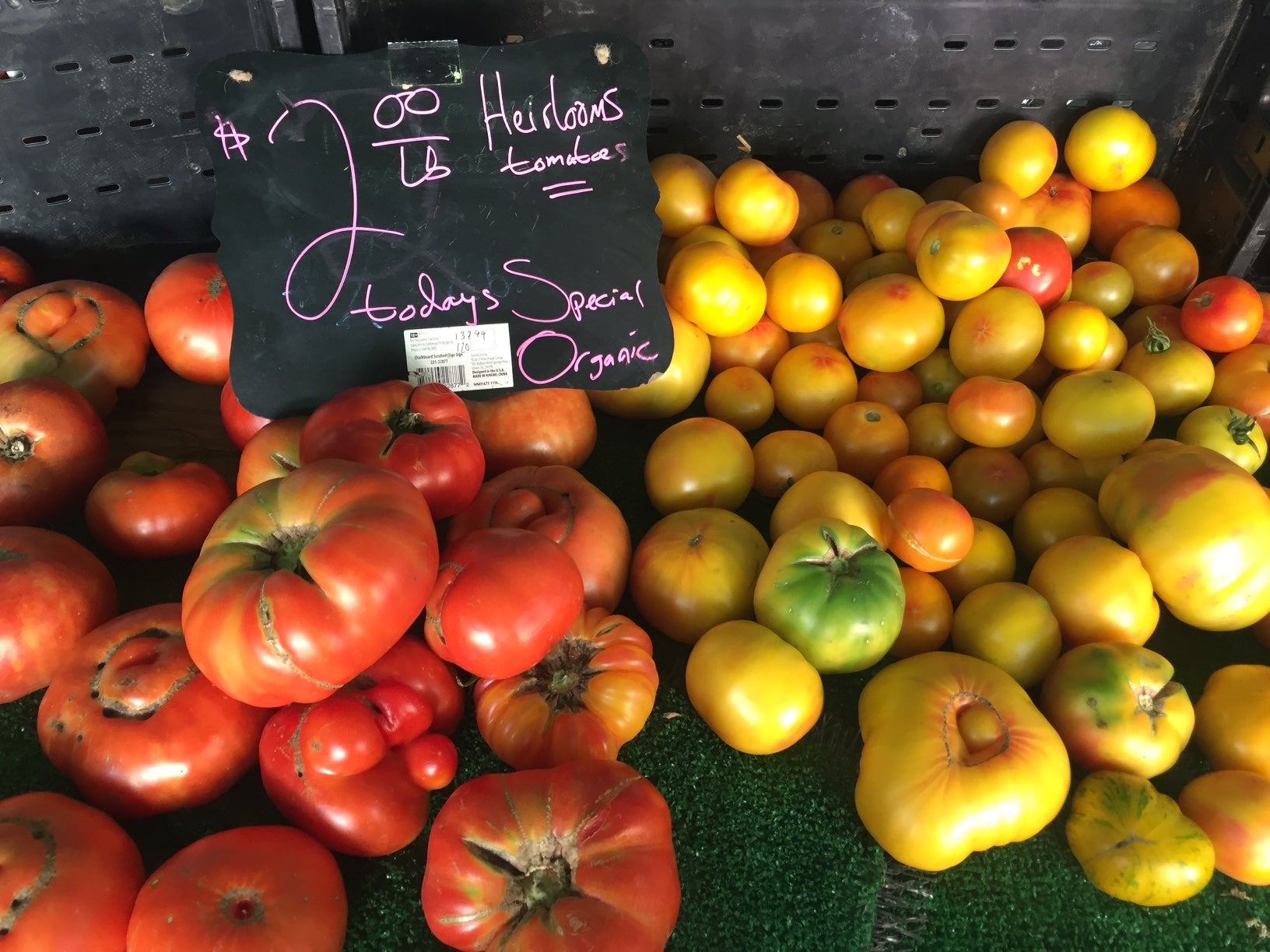
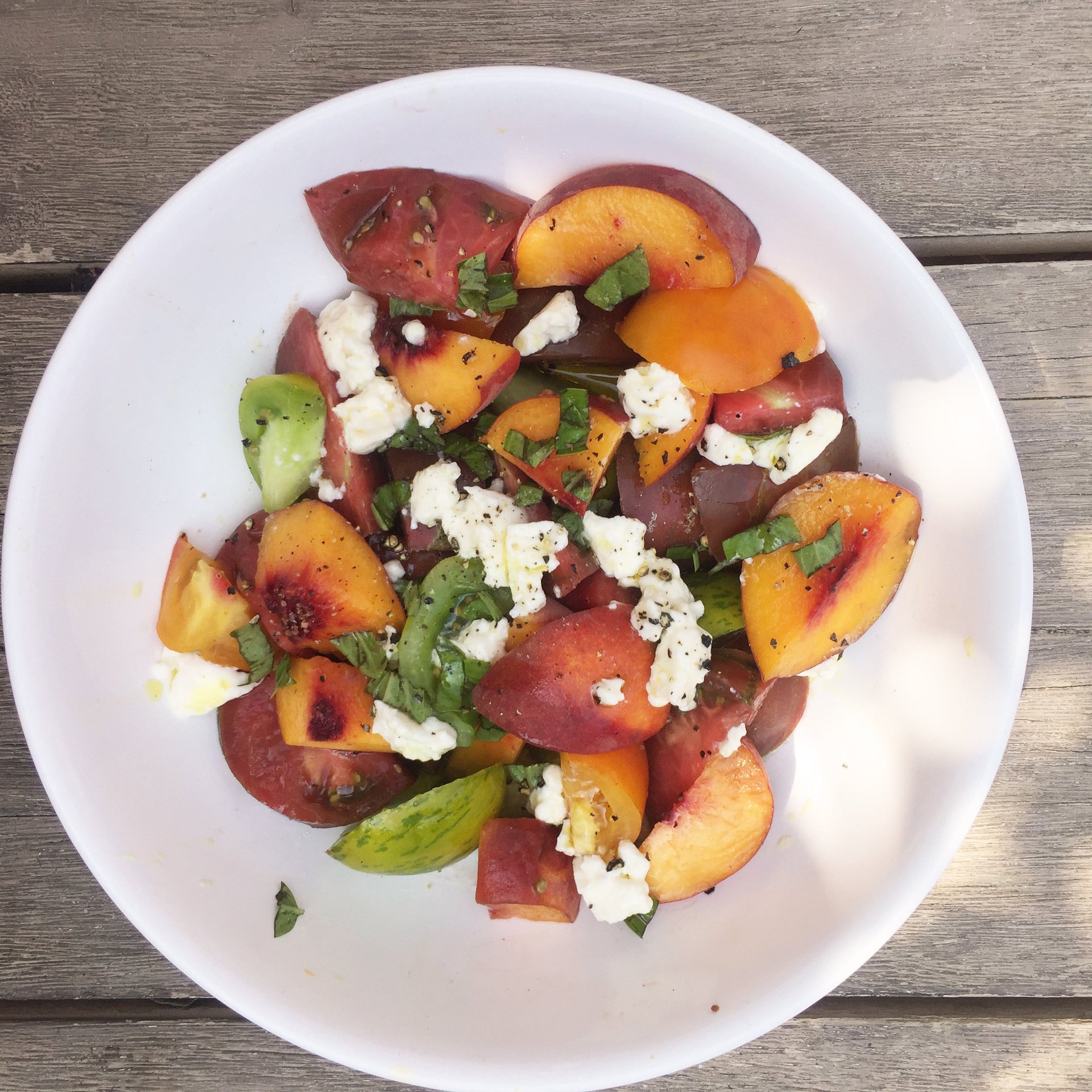
[quartzy-recipe]
A sublime and simple late summer salad. Cut the most scrumptious tomatoes and peaches you can find into hunks and put them in a bowl. Chiffonade a small bunch of basil and toss it in. Add some soft white cheese. (Indrani likes sheep’s milk feta and I recently found a soft goat and cow’s milk feta at my farmer’s market that contributes a creamy, briny punch.) Douse the whole mix with olive oil, salt, and black pepper. Toss gently and eat up.
Food science pro-tip: Do not put your tomatoes in the refrigerator! I know it’s tempting when it’s hot out, but according to Harold McGee’s food science reference tome, On Food and Cooking, subjecting tomatoes to cold temperatures kills the aroma-creating enzymatic reactions that give the fruit its subtly musky, earthy flavor. Don’t do it!
Scratch-n-sniff: Just kidding, I can’t really do that. But if I could, it would smell like the leaves of a tomato plant. Try to rub some between your fingers this weekend.


Is “craft” food code for white-washed? The term “cultural appropriation”—usually referring to someone of a more privileged culture adopting a cultural product of another without giving due credit—is one I encounter fairly often (and have written about), in fashion.
With her brilliant recent piece for Eater, “The White Lies of Craft Culture,“ Lauren Michele Jackson opened my eyes to how cultural appropriation plays out in food. The craft food movement, Jackson writes, offers “a special blend of bohemianism and capitalism” which includes things like bean-to-bar chocolate, artisanal whiskey, microbrews, heritage-bred pork, and salespeople in custom denim aprons. But it too often erases the people of color whose heritage and labor is fundamental to these “heritage foods”:
“A lie by omission may be a small one” Jackson writes, “but for a movement so vocally concerned with where things come from, the proprietors of craft culture often seem strangely uninterested in learning or conveying the stories of the people who first mastered those crafts.”
For some real origin stories, check out two new culinary histories of the American South—and the websites established by their authors:

The Cooking Gene is the first book from Michael Twitty, the founder and author of Afroculinaria, a blog about African American foodways in the American South. (Afroculinaria gained fame in 2013, with Twitty’s open letter to the disgraced TV chef Paula Deen.) Twitty—who is African American, gay, and a convert to Judaism—takes readers on a journey through the American South, as he traces his roots to both slaves and slaveowners, weaving together memoir and culinary history.
The Potlikker Papers—named for the nutrient-rich broth left in a pot of cooked greens, that was salvaged by slaves—is the latest from John T. Edge. Edge is the founder of the Southern Foodways Alliance, an organization committed to documenting the diverse culinary culture of the American South through oral histories, film, and writing. Beginning with the civil rights movement, Edge writes a people’s culinary history of the American South that includes everyday cooks, waitstaff, immigrants, and farmers, as well as luminaries such as Edna Lewis and Craig Claiborne.
If this all interests you, check out last week’s episode of KCRW’s “Good Food” podcast, featuring Edge as a guest.
Happy eating, reading, and listening. Have a great weekend!
[quartzy-signature]
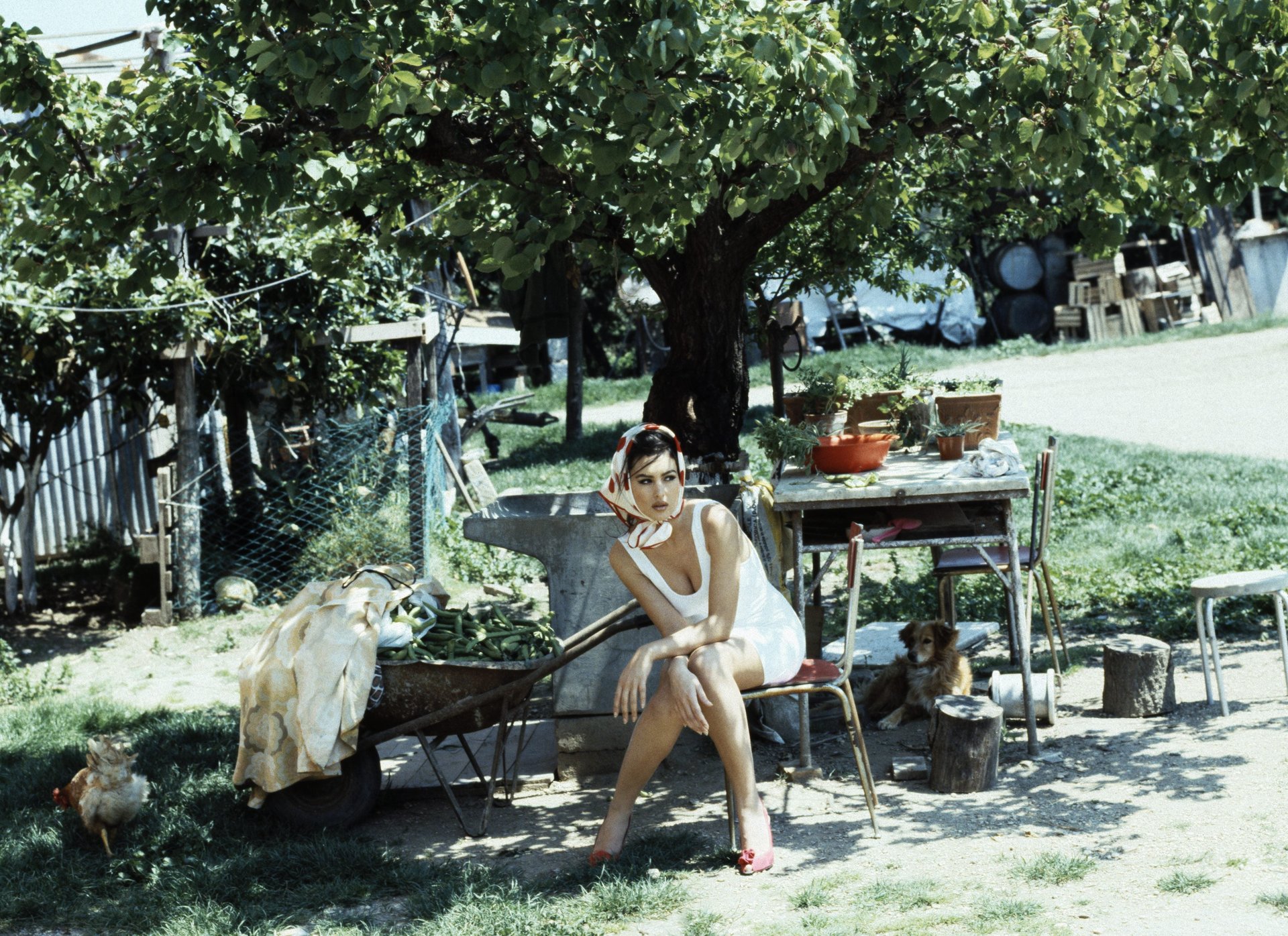

McGregor vs. Mayweather. Saturday (Aug. 26) at 9pm US Eastern Time, a very big boxing match will take place. In case you’ve ignored it until now, here’s a quick primer:
What’s the deal? Conor McGregor—not a boxer but a shit-talking Irish-plumber-turned-mixed-martial-arts-champion—will fight Floyd Mayweather, Jr., a shit-talking undefeated boxer, one of the best the sport has ever seen. (Neither fighter has exhibited role model-behavior in the lead-up to the event.) Who cares? About 50 million people in the US who are expected to watch on pay-per-view. It will also air in lots of bars. Why? It’s likely to be the most lucrative boxing match ever—literally dubbed “the Money Fight.” McGregor is expected to walk away with at least $75 million and Mayweather could make in excess of $100 million. And there’s plenty more on the table for promoters, broadcasters, sponsors, and gamblers. Who’s the underdog? McGregor, big-time. Physicians say he shouldn’t even be allowed in the ring with Mayweather. If you like a good underdog story, check out Kabir Chibber’s piece comparing McGregor to Chuck Wepner, the 70s-era boxer who inspired Rocky. What will Mayweather wear? So glad you asked. Phillipp Plein.